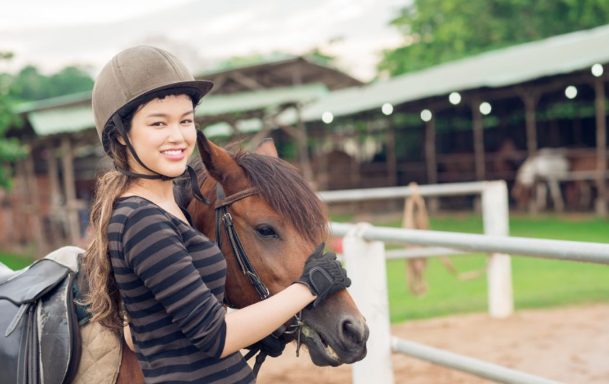Mastering the Art of Horse Riding Commentary: A Comprehensive Guide

Introduction
Horse riding commentary is an integral part of equestrian events, providing spectators with insights into the riders’ techniques and the horses’ performance. Whether you’re a budding equestrian commentator or a passionate horse enthusiast, understanding the nuances of this skill can enhance your appreciation for the sport. In this comprehensive guide, we’ll delve deep into the world of horse riding commentary, exploring its significance and providing valuable tips to help you master this art.
The Significance of Horse Riding Commentary
Effective horse riding commentary adds depth to the viewer’s experience, offering valuable context, analysis, and historical insights. It serves as a bridge between the equestrian world and the audience, educating them about the sport’s intricacies. A well-executed commentary can capture the audience’s attention, making them feel more connected to the event and fostering a greater appreciation for the riders’ skills and the horses’ athleticism.
Understanding the Basics
- Technical Knowledge: A proficient commentator must have a solid understanding of horse riding techniques, disciplines, and rules. Familiarize yourself with various riding styles, such as dressage, show jumping, and cross-country, to provide accurate and insightful commentary.
- Terminology: Master the equestrian vocabulary, including terms related to gaits, jumps, maneuvers, and equipment. Using precise terminology demonstrates your expertise and enhances your credibility as a commentator.
- Observational Skills: Sharpen your observational skills to analyze the riders’ body language, horse movements, and overall performance. Identifying subtle cues and techniques allows you to provide detailed and valuable commentary.
Crafting Compelling Commentary
- Contextual Analysis: Provide context by discussing the rider’s background, the horse’s pedigree, and past performances. Contextual information enriches the viewer’s understanding of the competitors and their journey to the current event.
- Technical Insights: Break down the riders’ techniques, emphasizing their strengths and areas for improvement. Explain complex maneuvers in simple terms, making the commentary accessible to both novices and experienced equestrians.
- Emotional Connection: Connect with the audience on an emotional level by sharing anecdotes, inspirational stories, and historical achievements related to the riders and horses. Emotionally engaging commentary resonates with viewers and keeps them invested in the event.
- Interactive Engagement: Encourage viewer participation by inviting questions, comments, and predictions. Interactive engagement fosters a sense of community and allows you to address the audience’s specific interests and inquiries.
- Stay Impartial: Maintain objectivity and fairness in your commentary, regardless of personal preferences or biases. A neutral perspective enhances your credibility and ensures a professional presentation.
Conclusion
Becoming a skilled horse riding commentator requires dedication, continuous learning, and a genuine passion for the sport. By mastering the technical aspects, honing your observational skills, and crafting engaging, informative commentary, you can enrich the equestrian experience for viewers around the world. So, gear up, immerse yourself in the captivating world of horse riding, and let your passion for the sport shine through your commentary, making a lasting impact on equestrian enthusiasts everywhere.




